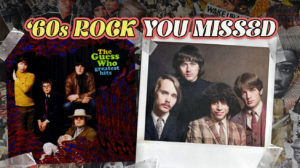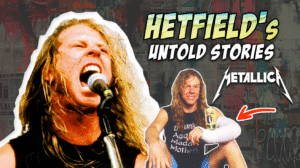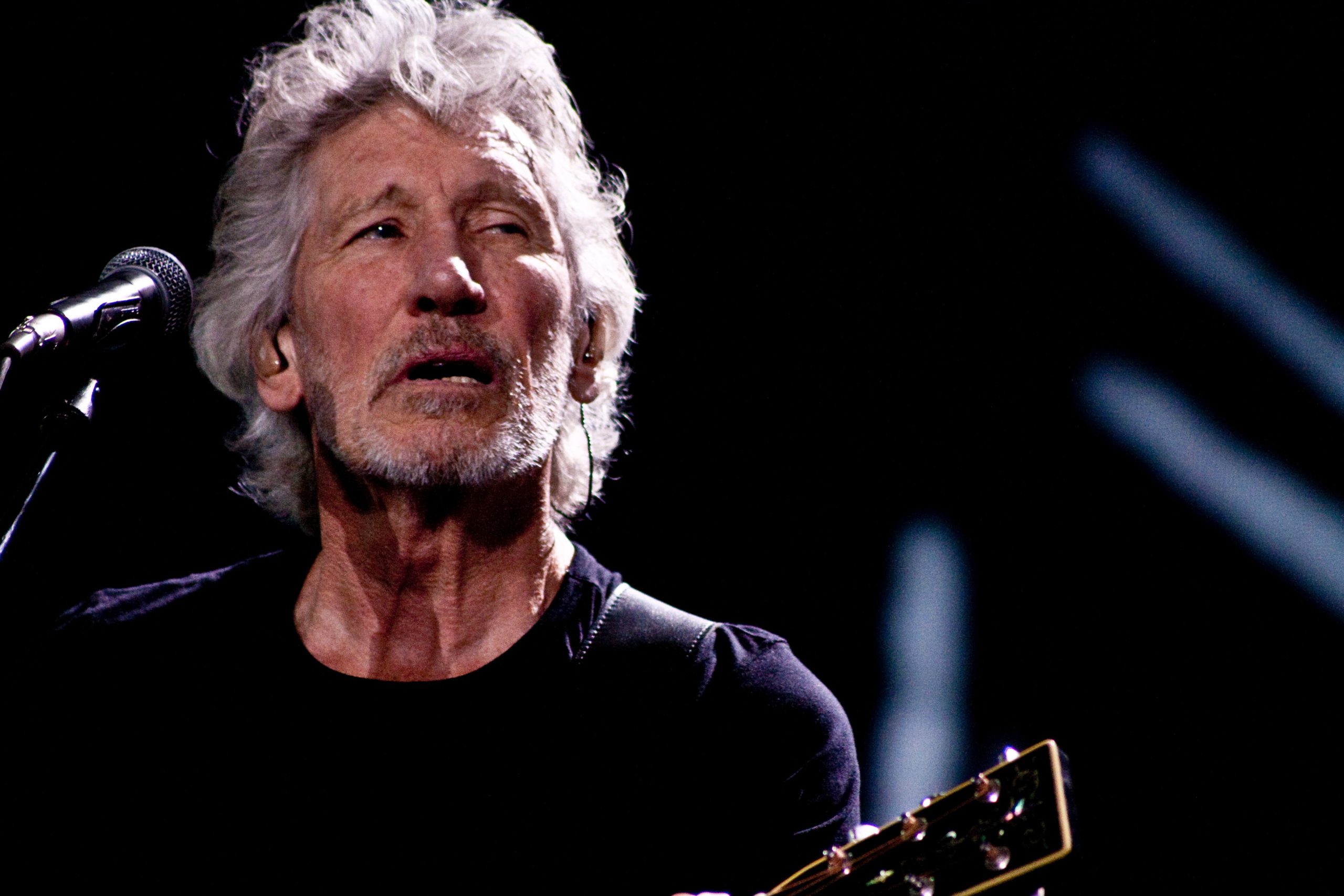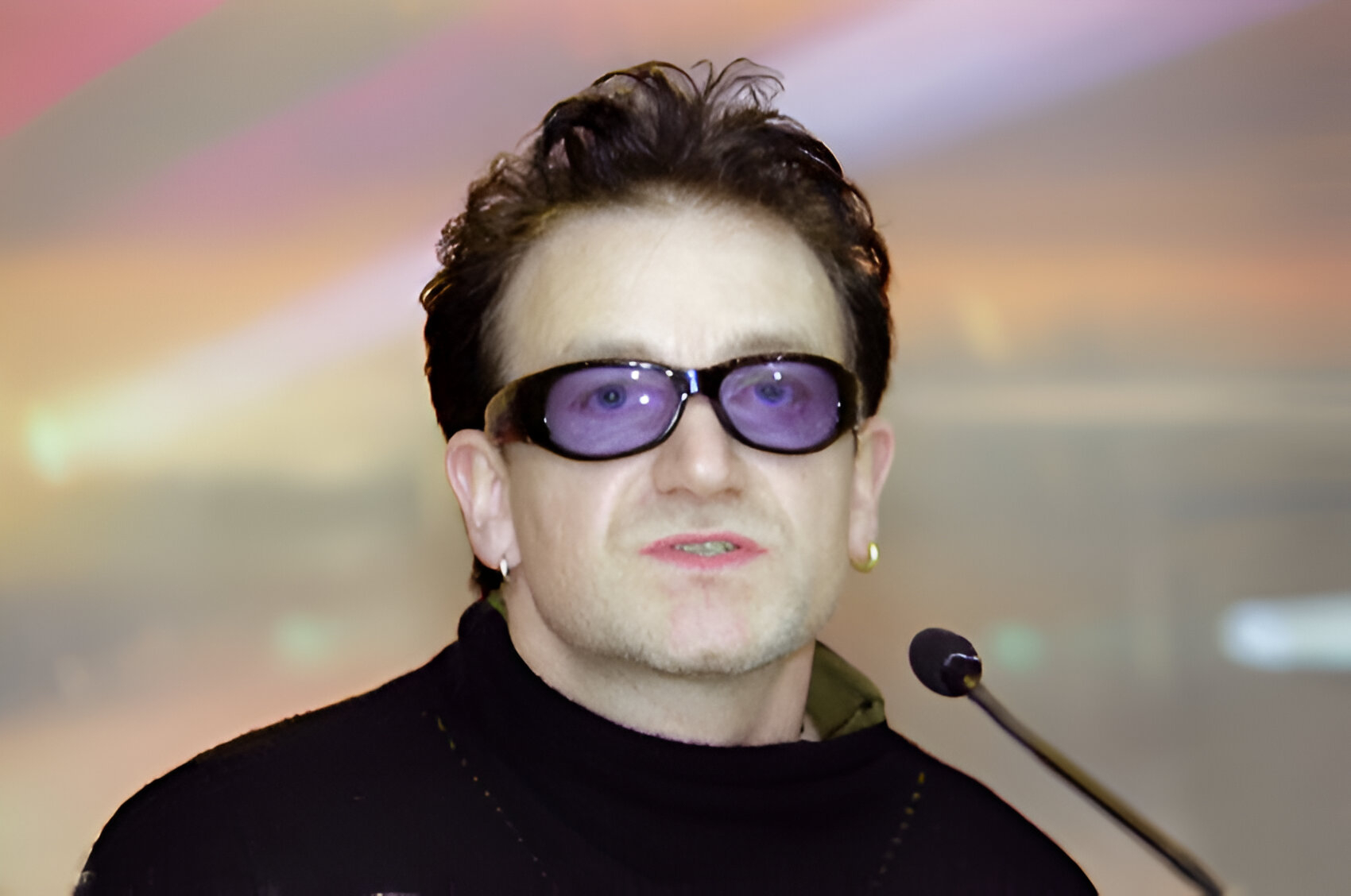
The Sean “Diddy” Combs sex trafficking trial has become the courtroom equivalent of a chart-topping scandal that refuses to leave the Billboard charts. Each testimony drops like a bass note that reverberates through every corner of the music industry, exposing the machinery behind celebrity power and its potential for devastating abuse.
These witness testimonies reveal disturbing patterns that extend far beyond one individual, threatening to expose structural issues within an industry built on image control and silence. The implications reach every label, every management company, and every artist who’s ever wondered what really happens behind closed doors when fame meets unchecked power.
9. Dawn Richard’s Chilling Account

If you’ve ever wondered what happens when loyalty collides with terror, Dawn Richard’s testimony provides a devastating answer. One among many celebrities named in the Diddy trial, her account of witnessing Combs allegedly attack Cassie Ventura in 2009 felt like watching a remix of your worst nightmare unfold in real time. Richard alleges Combs threatened her and others with violence, including statements like “I end people,” indicating a calculated pattern of intimidation.
The “skillet incident” she detailed wasn’t some studio metaphor or exaggerated industry tale. Richard claimed Combs used actual cookware as a weapon, painting a picture that contradicts every polished public image. Her fear remained palpable even years later, demonstrating the lasting psychological impact of witnessing such alleged brutality.
8. Multiple Witnesses Corroborate Violence
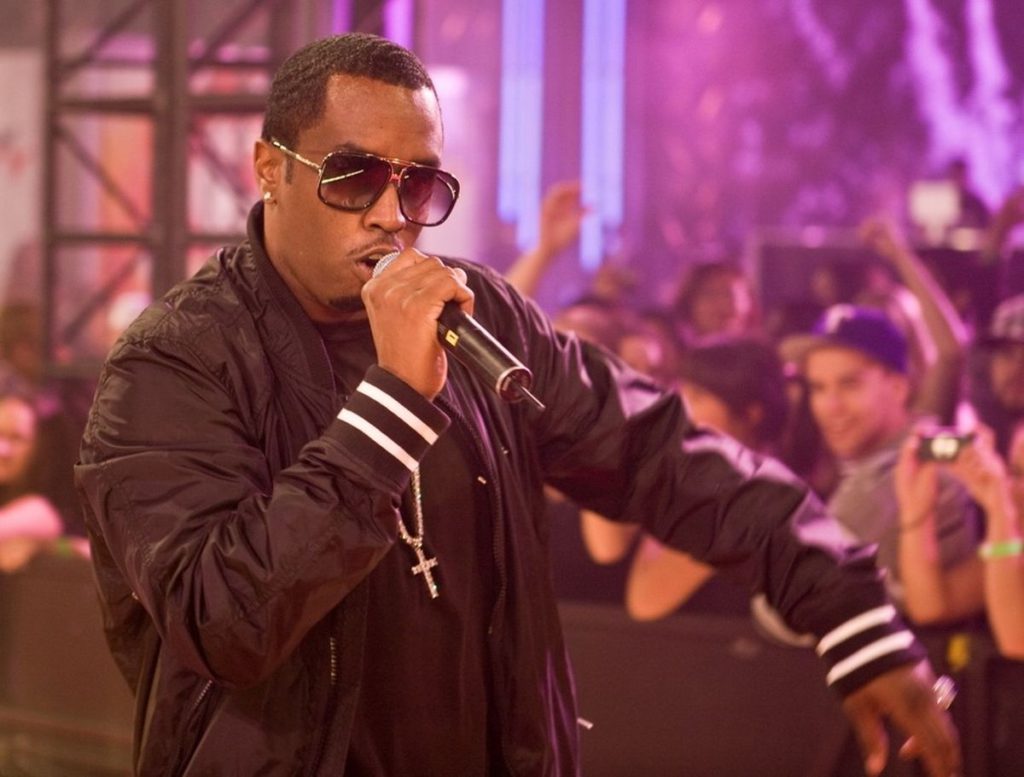
Credible witnesses don’t always agree, but the testimonies about Combs’ violent behavior created an undeniable pattern. Multiple witnesses, including Dawn Richard, testified about Combs’ violent behavior towards Cassie, such as throwing a scalding pan of eggs at her. Cassie Ventura testified about being coerced into “freak offs” and enduring years of abuse, highlighting her feelings of entrapment within a system designed to silence victims.
Testimony from Capricorn Clark indicated Combs threatened to kill rapper Kid Cudi over his relationship with Cassie, demonstrating possessive behavior that crossed professional boundaries. This pattern of jealousy-driven intimidation extends beyond romantic relationships into the broader entertainment ecosystem, potentially affecting anyone who crosses perceived lines.
This case is just one example of infamous crimes by music icons that have unsettled the music industry.
7. David James’ Inside Look

Security details witness everything, but rarely speak about what they’ve seen behind celebrity facades. Those testimonies carry more weight than any platinum plaque or industry award.
Testimony revealed that Combs’ assistants prepared hotel rooms for “freak offs,” with specific supplies and cleanup protocols, indicating coordinated planning rather than spontaneous behavior. The logistics described weren’t party planning but calculated preparation for alleged exploitation that operated with corporate-level efficiency.
The entertainment world has often tried to bury its darkest secrets, and Combs now joins the ranks of the most controversial musicians.
6. Regina Ventura’s Maternal Nightmare
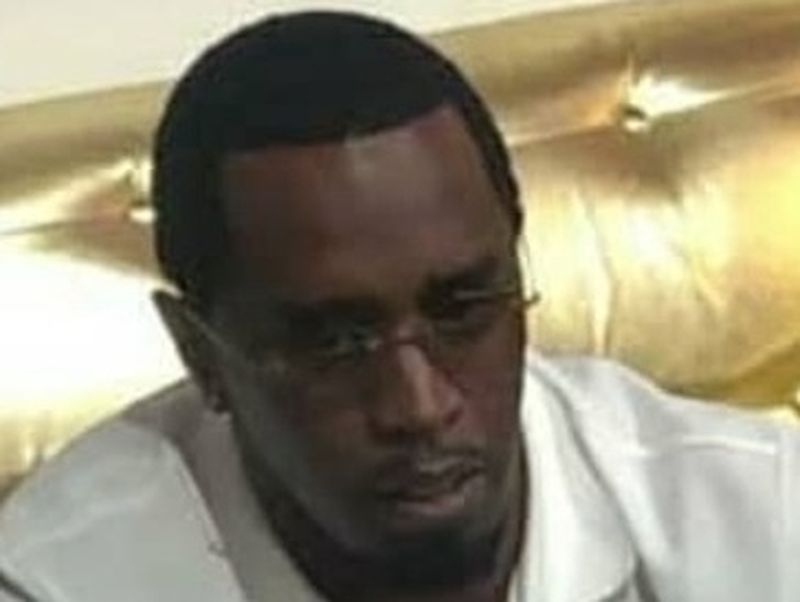
Watching your child suffer from afar creates an impossible choice between intervention and safety. Cassie Ventura’s mother testified about observing bruises on her daughter and receiving threatening calls regarding explicit tapes, indicating financial and emotional manipulation tactics. This wasn’t investing in her daughter’s career—this was methodical control through fear.
The threatening calls about explicit content reveal alleged blackmail tactics designed to maintain absolute control over victims. Her Christmas photos became evidence of happier times before everything unraveled, showing how family moments can become legal exhibits when celebrity power turns predatory.
5. Shereé Hayes’ Different Perspective

Defense strategies often hinge on contradictory testimony, and Shereé Hayes delivered exactly that complexity. Initially hired for what he believed was a birthday striptease, Hayes described multiple encounters without witnessing distress or coercion from participants. His cash payments and repeated bookings paint a different picture of consensual adult entertainment.
Hayes’ account challenges other testimonies by suggesting willing participation in some instances. Yet his sudden disappearance from Combs’ circle raises questions about what changed. Sometimes the silence after the music stops tells its own story about industry relationships.
4. Special Agent Gerard Ganon’s Raid Details

Law enforcement raids reveal truths that public relations teams can’t spin away. The March 2024 raid on Combs’ Miami residence was choreographed like a military operation, with agents breaching gates at 3 p.m. to ensure maximum tactical advantage while Combs was absent.
Inside, they discovered items that weren’t typical celebrity memorabilia: firearms with scratched serial numbers, illegal substances, and equipment that corroborated witness accounts. The evidence collection transformed allegations into physical proof that courtrooms understand, bridging the gap between testimony and tangible evidence.
3. Psychologist Don Hughes’ Expert Analysis
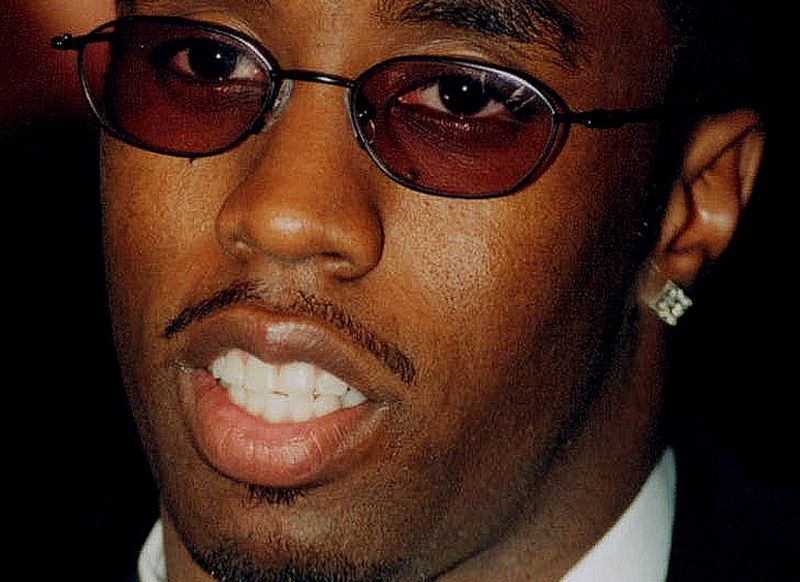
Victim behavior confuses juries until expert witnesses provide the missing context. Hughes brought scientific credibility to emotional testimony that helped decode complex victim behavior patterns. Her explanation of why abuse survivors often remain silent or return to dangerous situations provided crucial context for understanding seemingly contradictory actions.
Her insights about shame, financial dependence, and psychological entrapment helped translate psychological jargon into courtroom clarity. Hughes’ analysis helps jurors grasp why victims don’t always fit expected narratives, particularly in cases involving powerful celebrities with vast resources.
2. George Kaplan’s Systematic Revelations
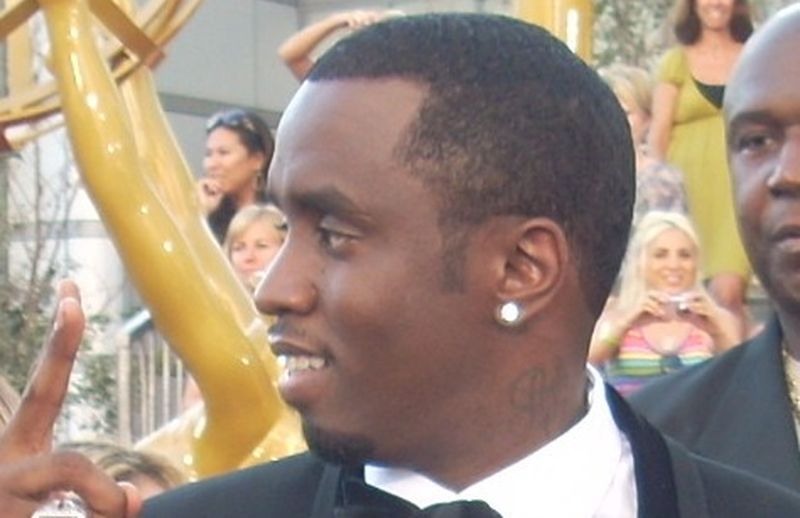
Immunity deals unlock the most damaging testimony because witnesses finally feel safe to speak truth. Testimony from former assistants like George Kaplan described the organization of “freak off” events, including the use of drugs and recording equipment, supporting claims of organized abuse rather than isolated incidents. The methodical planning and extensive record-keeping suggests broader criminal enterprise operating with business-like precision.
Witnesses testified about Combs’ violent behavior in various locations, including hotels and private residences, indicating a pattern of abuse across different settings. The organizational structure demonstrates how entertainment industry hierarchies and loyal staff can facilitate ongoing abuse within celebrity circles, raising questions about industry-wide accountability.
1. Kid Cudi’s Intimidation Experience

Celebrity feuds usually stay verbal, but Kid Cudi’s experience crossed into criminal territory that shocked even industry insiders. His brief relationship with Cassie triggered what he described as escalating harassment, including a Molotov cocktail attack on his car that crossed into serious criminal territory. That’s not typical industry competition or creative differences.
The fact that Combs later apologized at Soho House suggests awareness of wrongdoing while demonstrating how power dynamics operate in celebrity circles. Cudi’s willingness to testify despite his own celebrity status adds credibility to claims about far-reaching intimidation campaigns that could affect anyone in the industry.
This trial represents more than individual accountability—it’s forcing the music industry to confront how celebrity power structures can enable coordinated abuse. The testimonies reveal patterns that extend beyond one person, potentially exposing institutional failures that have allowed such behavior to flourish unchecked for decades.




